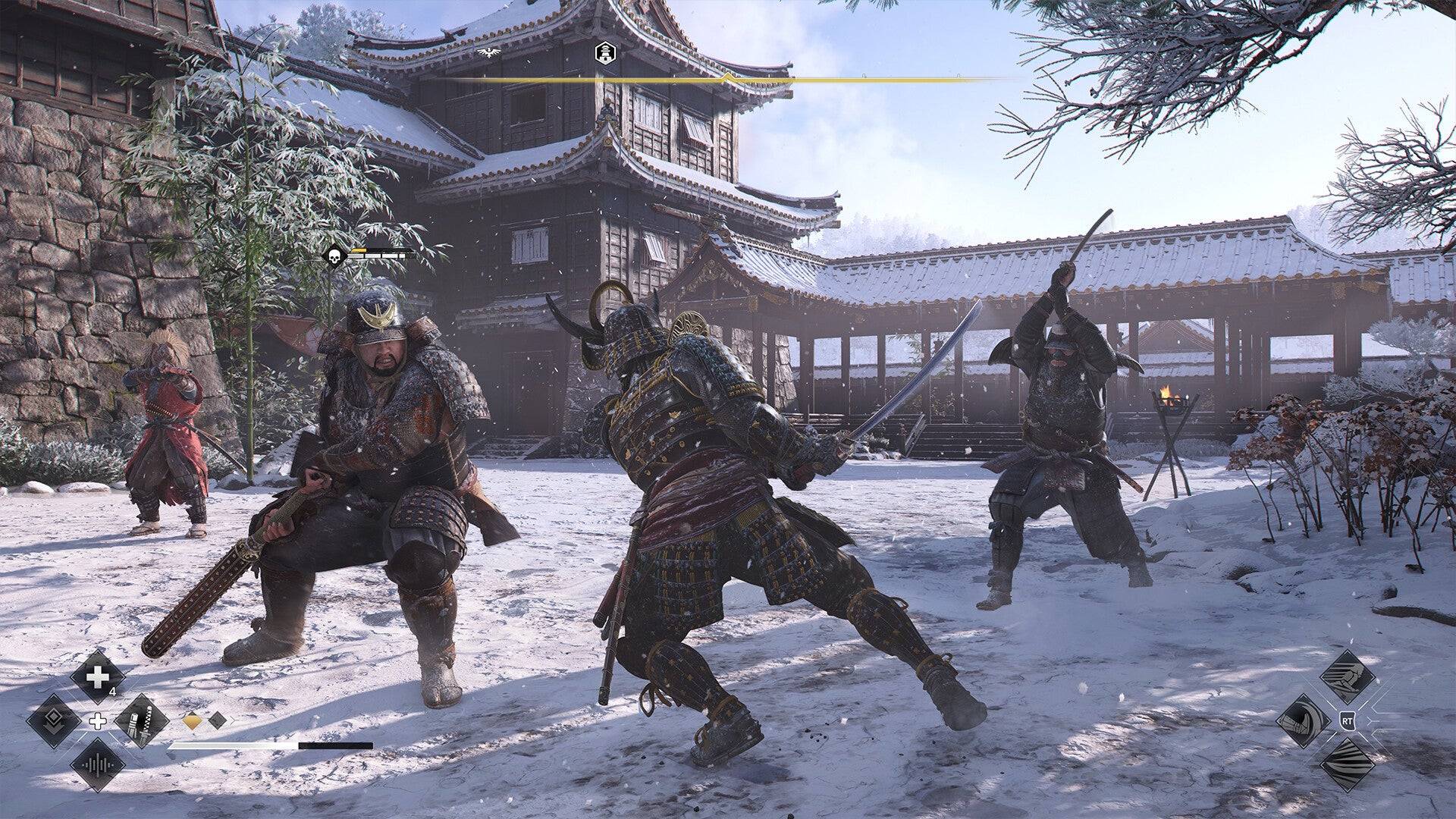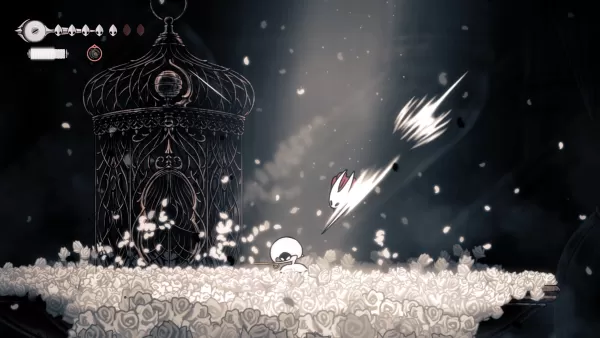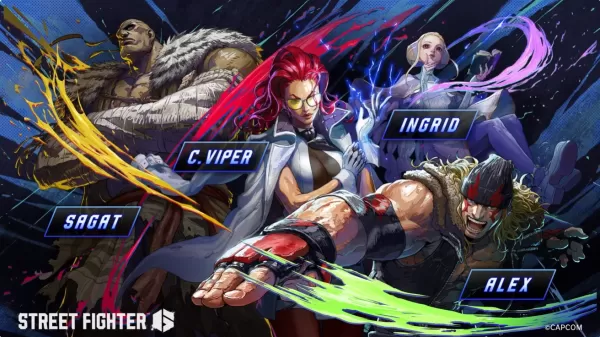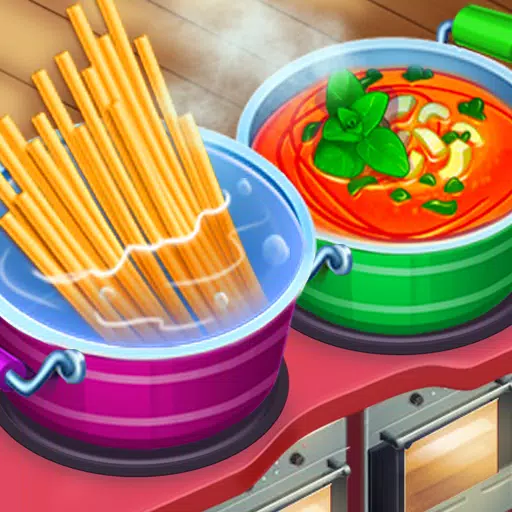Thanks to a renewed focus on the ideas the series was originally built on, Assassin’s Creed Shadows delivers the most satisfying experience the franchise has seen in years. The game reintroduces fluid parkour reminiscent of Unity, allowing players to seamlessly transition from the ground to castle rooftops. The addition of a grappling hook further enhances the thrill of reaching optimal vantage points quickly. Perched on a tightrope high above enemies, executing the perfect kill becomes a thrilling possibility, but only when playing as Naoe. Switching to Yasuke, the game's second protagonist, presents an entirely different challenge.
Yasuke moves slowly, struggles with agility, and cannot perform silent kills. His climbing is laborious, reminiscent of a grandpa's pace. These traits make him an unconventional choice for an Assassin’s Creed protagonist, challenging Ubisoft's traditional design philosophy. Playing as Yasuke feels like stepping away from the core Assassin’s Creed experience.

Initially, the disparity between Yasuke’s capabilities and the series' core tenets felt frustrating. What purpose does an Assassin’s Creed protagonist serve if they can barely climb and are incapable of silent takedowns? However, deeper engagement with Yasuke revealed a thought-provoking design choice. He addresses critical issues that the franchise has faced in recent years.
Yasuke becomes playable several hours into the campaign, following a brief appearance in the prologue. During the initial phase, players control Naoe, a swift shinobi embodying the essence of an assassin better than any protagonist in the past decade. Transitioning to Yasuke after mastering Naoe's agility is jarring.
Yasuke, a towering samurai, lacks the stealth and climbing prowess necessary to navigate enemy camps effectively. He struggles with basic climbing tasks and moves awkwardly on rooftops, introducing friction into the gameplay. These limitations subtly encourage players to stay grounded, limiting their ability to gain strategic vantage points and map out threats. Unlike Naoe, who benefits from Eagle Vision, Yasuke has no such advantage, forcing players to rely on brute strength.
Assassin's Creed thrives on stealthy kills and vertical exploration, concepts that Yasuke directly opposes. His gameplay feels more akin to Ghost of Tsushima than Assassin’s Creed, emphasizing prescribed routes and fierce combat over the series' traditional parkour and stealth. Yasuke's inability to climb freely challenges players to rethink their approach, focusing on careful environmental observation to uncover hidden pathways that lead to objectives.
While these paths allow Yasuke to reach necessary points, they restrict his general exploration and limit his ability to observe enemy movements from above. His only stealth-related skill, the "Brutal Assassination," is more a combat initiator than a stealth tactic. However, Yasuke's combat prowess is unmatched, offering the best swordplay the series has seen in over a decade. Each strike is purposeful, and the variety of techniques, from rush attacks to ripostes, is deeply satisfying. The contrast between Yasuke’s combat and Naoe’s stealth highlights their distinct playstyles.

The separation of combat and stealth into two distinct characters helps maintain the integrity of both styles. In Shadows, Naoe's fragility necessitates a return to stealth after combat, while Yasuke's strength allows players to endure intense battles. This duality ensures a balanced gameplay experience, preventing the series from leaning too heavily into action, as seen in Origins, Odyssey, and Valhalla.
Yasuke's design, though intentional, poses a challenge in fitting him into the Assassin’s Creed framework. The series is built on stealth and vertical exploration, elements that Yasuke directly contradicts. While previous protagonists like Bayek and Eivor ventured into action territory, they still maintained core Assassin’s Creed abilities. Yasuke, as a samurai, struggles with these fundamental aspects, making it difficult to play the game in its traditional style when controlling him.
The real challenge for Yasuke is his counterpart, Naoe. Mechanically, Naoe is the superior choice, offering a comprehensive stealth toolkit perfectly suited to the vertical architecture of Sengoku Period Japan. Her ability to climb and leap across the world, combined with enhanced combat mechanics, makes her the quintessential Assassin’s Creed protagonist. The slight realism introduced to climbing mechanics, requiring players to assess routes and use the grappling hook effectively, enhances the sandbox feel of the game.
AnswerSee ResultsNaoe's design benefits from the changes made to accommodate Yasuke, offering a more realistic yet still exhilarating climbing experience. Her combat, while as impactful as Yasuke's, requires strategic retreats and repositioning, reinforcing the stealth loop. This raises the question: why choose Yasuke when Naoe offers a more complete Assassin’s Creed experience?
Ubisoft's attempt to provide two distinct playstyles with Yasuke and Naoe is commendable, yet it creates a double-edged sword. Yasuke's unique approach offers a fresh perspective, but it challenges the core principles of Assassin’s Creed. While I'll return to Yasuke for the thrill of his combat, it's through Naoe that I'll truly explore the world of Shadows. Playing as Naoe feels like playing Assassin’s Creed at its best.

















